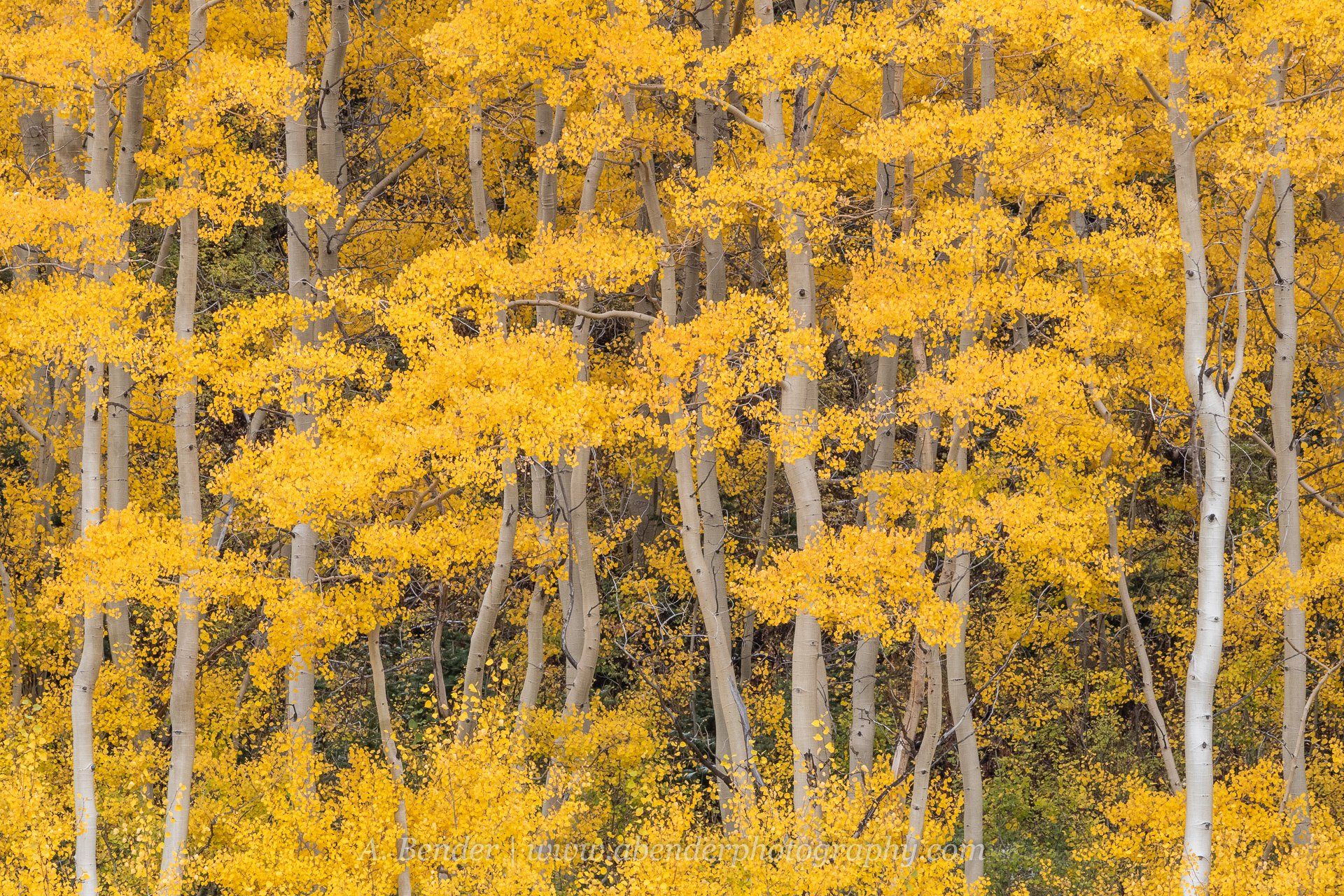5 Ways to Bring Color Into Your Photography with the Savage RGB Light Painter Pro LED Wand
This article has been adapted from Savage's website.
In an ever growing photography industry, it can be hard to stand out and create truly unique photos. So why not bring in an element of creative color into your photographs with the Savage RGB Light Painter Pro LED Wand ? No matter if you’re an enthusiast or a professional, this versatile light painting tool could be the missing link in to making your photos POP! We want to see how you can utilize the RGB Light Wand in your photography, but here’s five ideas to get you started:
1. Basic Light Painting
The most fundamental use for this RGB light wand is light painting! Imagination is key with light painting because the subject is whatever you choose to create.
First, find a dark room to take your photos in, with no light leaking through. Even the smallest bit of light can ruin your shot. We also recommend wearing dark clothing so that you won’t show up in any of the photos.
Correct camera exposure is essential to successful light painting, specifically focusing on shutter speed. Light painting photographs are long exposures. We typically recommend that your shutter speed is no shorter than 10 seconds, but the length of time will depend on how long you want to be painting. Adjust your other camera settings (aperture & ISO) accordingly to make sure that the only thing being exposed in your shot is the light. Finding the perfect settings take a little trial and error, but start with slow shutter speed, low ISO and narrow aperture.
Now that your camera settings are ready to go, mount your camera to a tripod and release the shutter. Begin waving the wand around in every which way to create a one-of-a-kind image. Experiment with different movements and different shapes until you have created the perfect subject! We recommend trying waving motions, spirals, or spelling a short word to get you started.
Tip: Delay the shutter release with a timer, or use a remote shutter to reduce camera shake.
Here are some examples:



2. Product Photography
Once you have the basics of light painting down, you can use that technique in other facets of photography. Add vibrancy to your plain product shots by adding a rainbow light streak in the background. We especially recommend light painting with glass or translucent products to create a really unique light in your photo. We grabbed a mason jar and some Savage Translum™ as a backdrop to create light streaks and gradients in these product shots:



3. Landscape Photography
Now that we have gone small with product photography, let’s get bigger with landscape photography. The RGB Light Painter Pro LED Wand can be used to create new elements of light within a landscape or illuminate the already spectacular features of one.
In this image we used the light wand in two different spots within a 20 second exposure. For the first 10 seconds we exposed the naturally green leaves with a pink light. Then we turned the wand off and used the blue light to create the illusion of a stream. We also used two iPhone flashlights to expose the tree trunk throughout the entire exposure.

4. Portrait Photography
Who wouldn’t want a unique portrait of themselves with a wondrous light painted background surrounding them? It’s time to step up your portrait game by using the RGB wand to create incredible silhouettes! For these images, we had the models hold a pose while we light painted behind them, leaving a silhouette with an attention-grabbing backdrop.
Tip: Use a shorter exposure (10 seconds or less), and make sure your models remain still to eliminate as much motion blur as possible.



5. Fill Lighting
Let’s speed up that shutter speed and use the LED wand as a fill light. With both a daylight/tungsten and RGB mode, this supplementary light can be used in every studio to bring in that extra bit of light sometimes needed to fill in the set.
In this shoot we set the light wand to the color orange to add warm tones to the photo and to complement the flowers in the bouquet.
More Blog Posts


Useful Links
All Prices, specifications, and images are subject to change without notice. Not responsible for typographical or illustrative errors.
All manufacturer rebates, terms, conditions, and expiration dates are subject to manufacturers printed forms.
Art's Cameras Plus. All Rights Reserved





